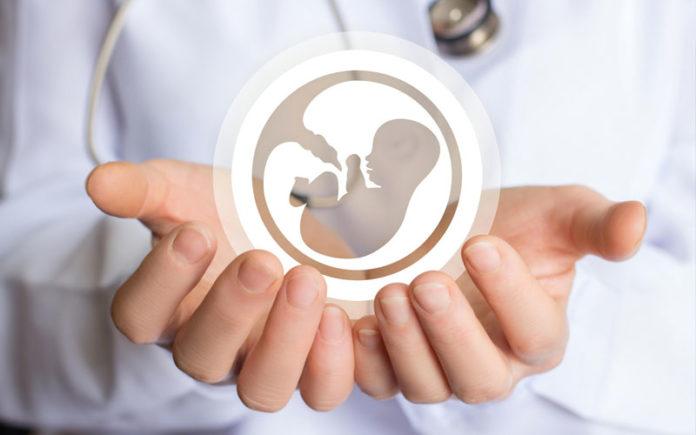Experts of additive manufacturing know best that “Design for Additive Manufacturing” (DfAM) principles are very different from “Design for manufacturing” (DfM) – which refers to design for subtractive methods. Remember that, in the dossier of the October-November issue of 3D ADEPT Mag (PP 15-19), experts explained that the DfAM principles sometimes require a new approach to create unique parts, more importantly to enable AM to be leveraged at its full potential in both design and as a manufacturing technique.
Inspired by a prenatal development, researchers from the University’s School of Engineering and Centre for Reproductive Science, recently came out with a new design concept for additive manufacturing.
Temporal Design for AM as a new approach
According to these researchers, “engineers need to get more creative in their approach to design and additive manufacturing (AM) systems, by taking inspiration from the way humans grow and develop.”
Their paper states that their design approach for AM would open up several possibilities for the development of new materials and products.
Dr Jackson Kirkman-Brown, Reader in Human Reproductive Biology, and co-author on the paper, says: “Whilst using biological inspiration in engineering design is commonplace, studying the growth of humans and translating this to advanced manufacturing systems offers a whole new perspective. The way in which biological systems develop from incrementally adding cells to form tissues and organs, which both grow and modulate each other to function in synergy, is the epitome of sophisticated AM.”
The study outlines how growth processes of the fetus change over time i.e. the duration of pregnancy. These processes are fundamental to the development of the human. Yet, the “growth” of an AM part during manufacture, is limited to where the material is deposited or fused. Therefore time can be considered an unutilised variable in design for AM. The authors propose Temporal Design for AM as a new approach that will unleash the potential of time through the additive build, to create new materials and parts for AM.
The research approach applied in this study was developed by drawing analogies between the fields of AM and the developmental biology of the foetus. The Double Diamond framework maps out the design process in terms of the divergence and convergence of thinking. The first phase of this approach requires convergent thinking to “discover” or map-out the problem. This is required before the divergent phase to “define” design problem. Analogies draw parallels between situations to stimulate learning and generate innovative problem solving. Experts concluded that analogical reasoning from sources of different domains increases the research space for innovation. Indeed, transferring knowledge between different engineering systems already underpin established design techniques. Another group of researchers, Thomas-Seale et al. first used this approach to expand the definition of design in terms of materials and manufacturing. Thomas-Seale et al. proposed in situ DfAM as a method of designing material through the temporally and spatially varying parameters of the AM build. This study also outlines in greater detail how the foetus utilises temporal stimuli.
Dr Thomas-Seale elaborates “Looking towards radically different avenues for inspiration, is required not only to create real change in the way we approach design but also represents a more holistic approach, which is important to avoid the fragmented development of the technique that ultimately mean new products face a much more difficult and costly route towards commercialisation.”
You can read the full report in The International Journal of Advanced Manufacturing Technology.
Remember, you can post free of charge job opportunities in the AM Industry on 3D ADEPT Media or look for a job via our job board. Make sure to follow us on our social networks and subscribe to our weekly newsletter : Facebook, Twitter, LinkedIn & Instagram ! If you want to be featured in the next issue of our digital magazine or if you hear a story that needs to be heard, make sure to send it to contact@3dadept.com.






